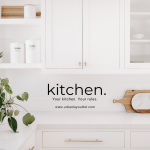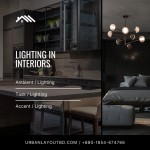Major Mistakes to Avoid in Residential Interior Design
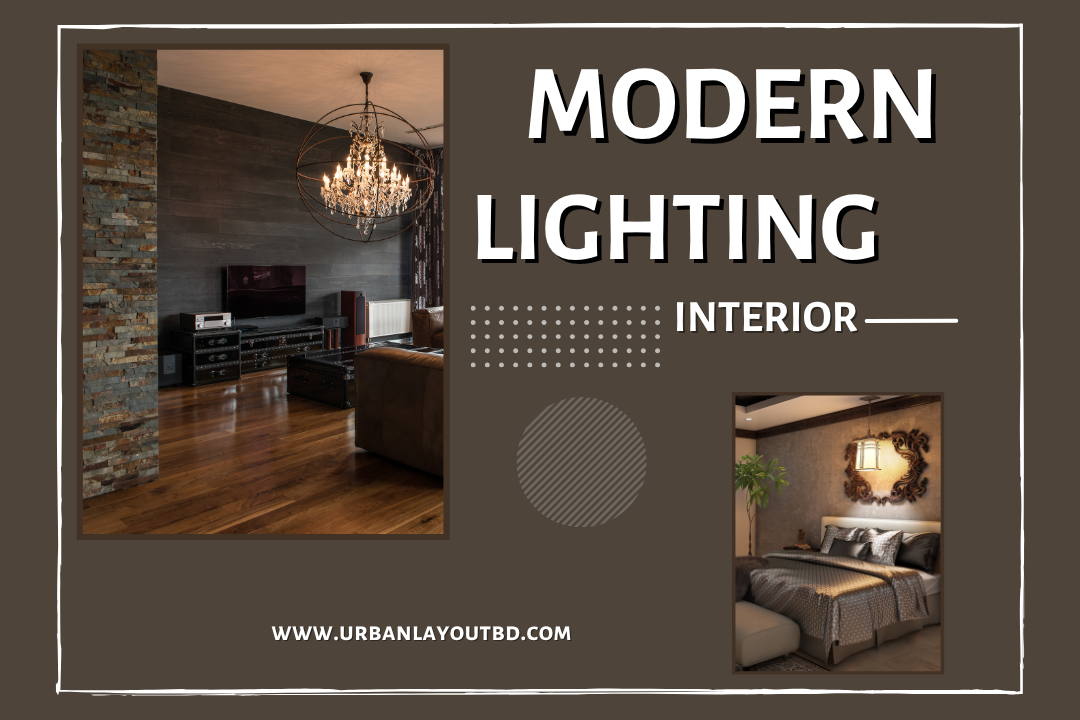
- June 25, 2025
- 5:15 am
- No Comments
Major Mistakes to Avoid in Residential Interior Design
Designing your dream home is one of the most exciting journeys you can take. However, without proper planning and expertise, your interior design project can easily turn into an expensive and frustrating experience. As professionals in the interior industry, we often see clients repeating the same design mistakes—mistakes that affect not just aesthetics, but also functionality, comfort, and long-term satisfaction.
In this blog, we will explore the major mistakes to avoid in residential interior design and how to ensure a seamless and successful home transformation. Whether you’re a homeowner or a design enthusiast, steering clear of these pitfalls will save you time, money, and stress.
1. Ignoring Spatial Planning
One of the most common and critical errors in residential interiors is the lack of proper spatial planning. Before choosing paint colors or decorative pieces, it is essential to understand how the space will function.
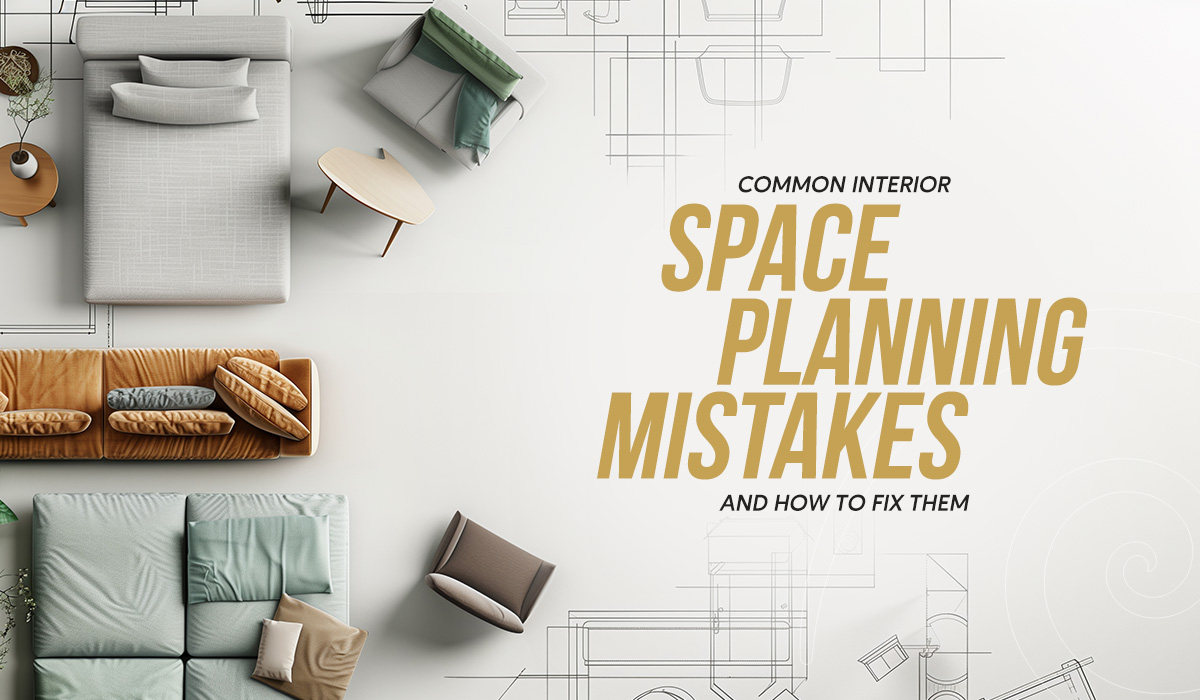
✅ Interior design is not just about how it looks—it’s about how it works.
Poor space utilization leads to cramped areas, awkward furniture placements, and inefficient circulation. Hiring a professional for space planning ensures that every square foot is optimized for flow, function, and form.
2. Poor Lighting Design
Lighting is often treated as an afterthought in interior projects, but it plays a vital role in defining ambiance, mood, and usability. Many homeowners rely solely on overhead lighting or natural light without layering it properly.

A well-planned lighting design includes:
- Ambient lighting for general illumination
- Task lighting for functional areas like kitchens and study corners
- Accent lighting to highlight focal points, textures, or artwork
Insufficient lighting can make even the best-designed room feel dull and lifeless. Always integrate lighting early in the interior layout planning phase.
3. Choosing Aesthetics Over Functionality
While everyone wants their home to look like a magazine spread, prioritizing visual appeal over practical needs can backfire. Interior design should strike a balance between beauty and functionality.
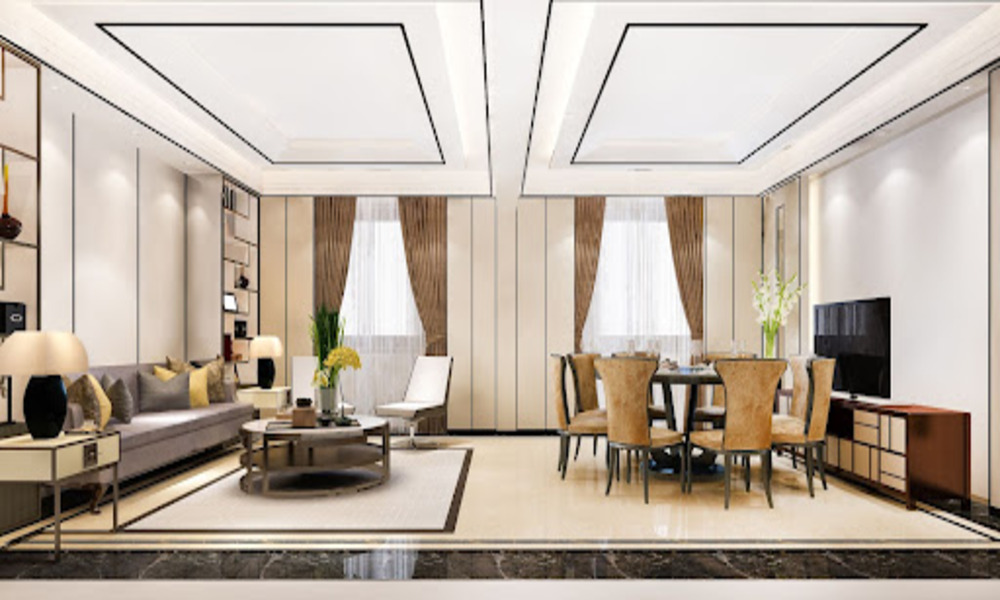
For example:
- Using glossy finishes in high-traffic areas leads to fingerprints and smudges
- Choosing delicate fabrics for homes with kids or pets
- Ignoring storage needs for the sake of minimalism
A functional layout that supports your lifestyle should always come before trends.
4. Wrong Furniture Placement & Scale
Furniture placement is more than just putting a sofa against the wall. Improper layout can ruin the natural flow of a space. Additionally, buying furniture without measuring often results in pieces that are too large or too small for the room.
Strong interior designers follow the principles of proportion and scale, ensuring:
- Enough walking space between furniture
- Proper alignment with focal points like windows or TVs
- Balanced visual weight across the room
Always map your furniture on a floor plan before purchase, and consider investing in custom furniture for tight or uniquely shaped spaces.
5. Lack of a Unified Color Scheme
Color has the power to transform a space, but a disjointed or overwhelming color scheme can create visual chaos. Mixing too many colors, using dark tones in small spaces, or ignoring natural lighting can make your interiors feel off-balance.
To avoid this mistake:
- Choose a primary color palette that flows from room to room
- Use accent colors sparingly for character
- Understand color psychology to match the purpose of each room

Following a cohesive interior color scheme ensures harmony and consistency throughout your home.
6. Overlooking Storage Solutions
A beautiful home with clutter is still a cluttered home. Many people focus on decor and furniture but overlook the need for efficient storage solutions.
Clever built-in cabinetry, modular wardrobes, and hidden storage furniture are essential for modern residential interiors. Especially in urban apartments where space is limited, integrating storage during the design stage can help avoid bulky afterthoughts later.
7. Using Low-Quality Materials
Another major interior mistake is compromising on material selection. While it might be tempting to save money with cheaper alternatives, low-quality materials wear out quickly, leading to high replacement and maintenance costs.
Invest in durable, weather-resistant, and eco-friendly materials for:
- Flooring and wall finishes
- Upholstery and furniture
- Kitchen and bathroom fittings
Sourcing materials with professional guidance ensures longevity and performance—two critical aspects of smart interior design.
8. Ignoring Ergonomic Design
Ergonomic design is about creating spaces that are comfortable and user-friendly. Ignoring ergonomics can lead to furniture that causes physical strain, kitchen countertops at awkward heights, or wardrobes that are hard to access.
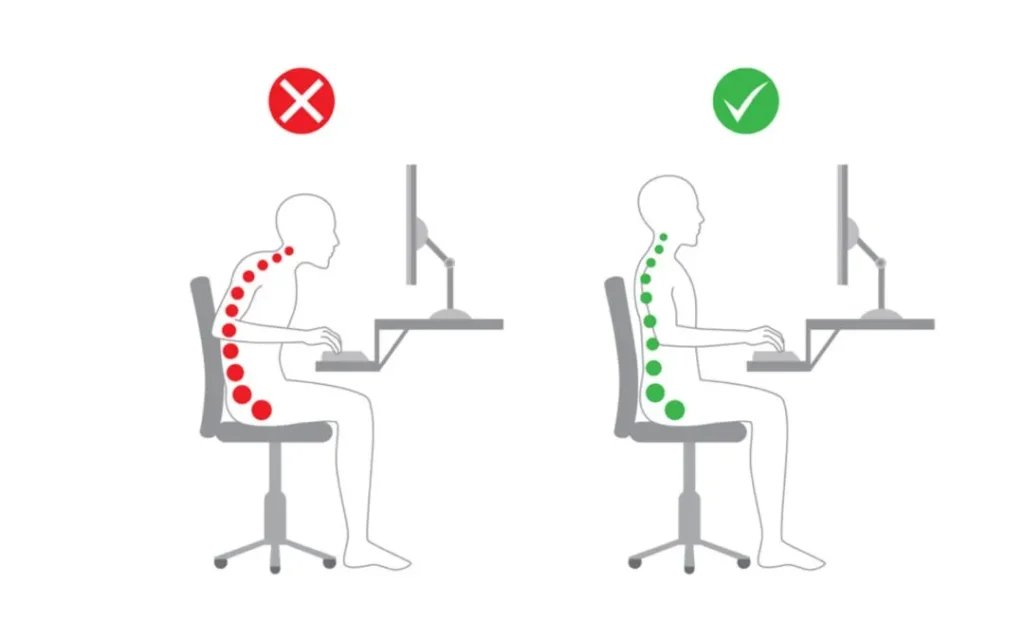
Incorporate human-centric design by:
- Maintaining optimal countertop and seating heights
- Ensuring proper viewing angles for screens
- Allowing easy access and movement in all functional areas
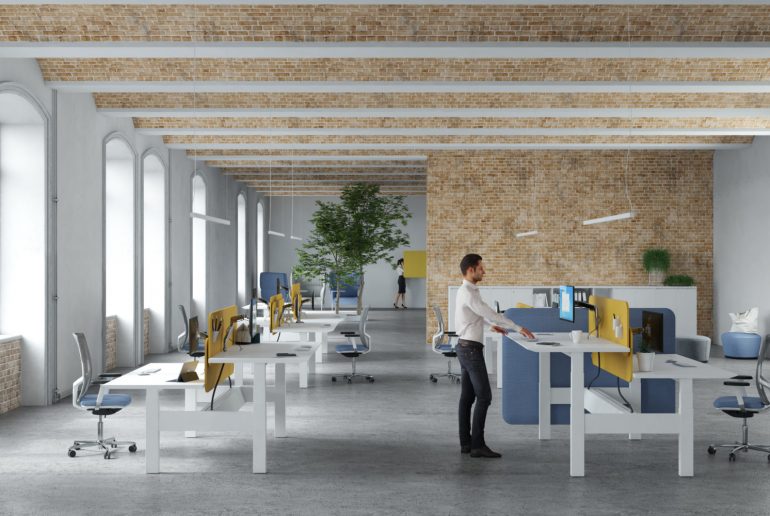
Ergonomics are especially important in kitchen interior design, home offices, and elderly-friendly spaces.
9. Following Trends Blindly
Trends are ever-changing, but your home should reflect your personality and lifestyle—not just what’s popular. Chasing trends without thinking about longevity often leads to dated or uncomfortable interiors within a few years.
Instead of following fads, aim for:
- Timeless interior elements like natural wood, neutral tones, and classic layouts
- Personal touches like art, textiles, or local crafts
- Modular furniture and designs that evolve with your needs
Your home should tell your story—not a catalog’s.
10. Not Hiring a Professional Interior Designer
Perhaps the most expensive mistake homeowners make is trying to handle everything on their own. DIY interior design often overlooks technical elements such as electrical planning, plumbing alignment, lighting placement, and architectural harmony.
A qualified interior designer brings not only creativity but also technical expertise, budget control, and project management skills.
From concept to completion, a designer ensures that:
- The project runs on time and within budget
- Materials and labor are sourced efficiently
Your vision is translated into a real, livable space
Conclusion
Your home is a long-term investment, both financially and emotionally. Avoiding these common residential interior design mistakes can lead to a more beautiful, functional, and comfortable space. Whether it’s proper spatial planning, smart material selection, or hiring a professional interior designer, the key to a successful project lies in thoughtful decisions and attention to detail.
At Urban Layout, we specialize in creating interiors that reflect your taste while upholding the highest standards of design, function, and comfort. If you’re planning your next home transformation, let’s ensure it’s done right—from the start.
Contact Urban Layout Today
Ready to transform your kitchen?
📞 Call us: +880 1723791490
📧 Email: info@urbanlayoutbd.com
🌐 Visit us: www.urbanlayoutbd.com
Follow us on social media for more design tips and project updates!

